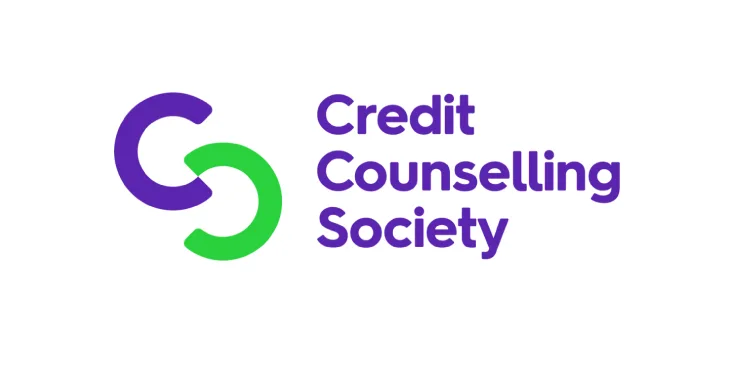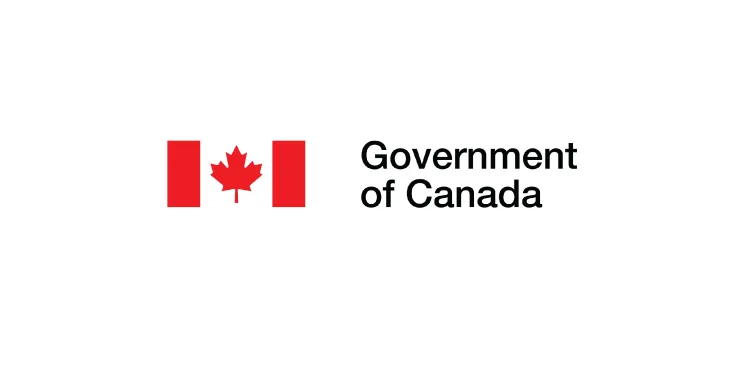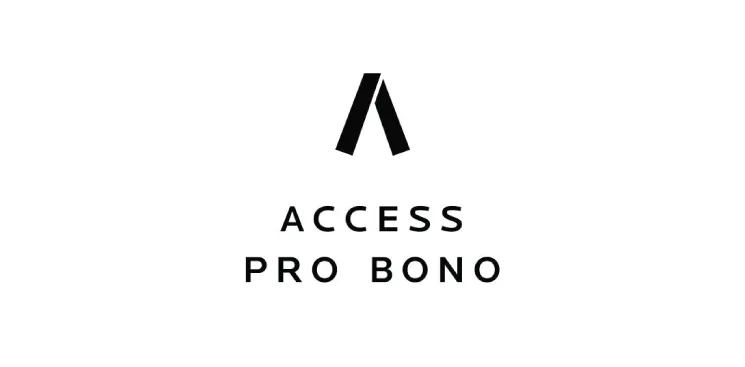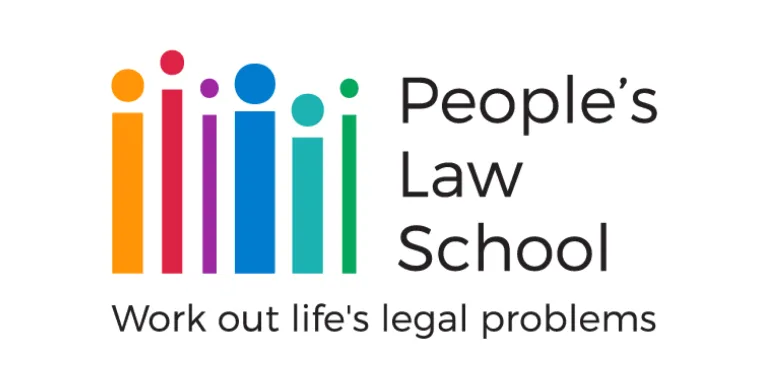Declaring bankruptcy

Declaring bankruptcy is a long process with serious consequences. It’s the most drastic option for getting out of debt. Find out why, and how it works.
What you should know
The most common way to go bankrupt is to do so voluntarily. This is called making an assignment in bankruptcy. It starts a legal process where you give up most of what you own to get rid of your debts.
To be eligible, you must be an “insolvent person.” That means you live or own property in Canada, and you owe at least $1,000 to creditors. Plus, you must meet one of these criteria:
you can’t pay your debts as they come due
you’ve stopped paying your debts
the value of your property wouldn’t cover all your debts
To begin the process, you must meet with a licensed insolvency trustee. This is a professional licensed by the government to help people with debt problems. Only an insolvency trustee can file an assignment in bankruptcy.
Once the process is complete, you’ll be “discharged” from bankruptcy. This releases you from (most of) your debt obligations. Some types of debt can’t be discharged.
A creditor can apply to court for an order that a debtor be declared bankrupt. A creditor can make this application where both of these apply:
the debtor owes the creditor at least $1,000
the debtor committed an “act of bankruptcy” within the last six months
Acts of bankruptcy include any one of these:
leaving Canada to avoid having to pay creditors
making a fraudulent transfer of property
failing to make debt payments as they come due
Usually, creditors will only do this when it’s unlikely that they’ll be paid by other means.
When you go bankrupt, most of your assets will be sold to pay your creditors. However, you are allowed to keep some things. These are called exempt assets.
Exempt assets include any money you’ve had for more than one year in:
a Registered Retirement Savings Plan (RRSP)
a Registered Retirement Income Fund (RRIF)
a Deferred Profit Sharing Plan (DPSP)
The following assets are also exempted from bankruptcy proceedings:
necessary clothing for you and your dependents
household furnishings and appliances, up to a value of $4,000
one car, up to a value of $5,000
tools and other personal property you use to earn income, up to a value of $10,000
medical and dental aids required by you and your dependents
Your principal residence is also exempted — if your equity in the residence is less than $9,000 ($12,000 if the residence is in the Metro Vancouver or Victoria areas).
If any exempt assets are covered by a security agreement, they can still be sold.
For example, say you bought a car and gave the seller a security interest in the car. If you declare bankruptcy, the seller can take back the car and sell it. The car isn’t protected — even though it qualifies as exempt property — because you put it up as collateral for the car loan.
Work out the problem
Here are the steps involved to declare bankruptcy.
Step 1. Gather your financial information
Step 2. Meet with a licensed insolvency trustee
Step 3. File the assignment in bankruptcy
Step 4. Work with the trustee
Step 5. Attend two counselling sessions
Step 6. Receive a discharge from bankruptcy
Step 1. Gather your financial information
To begin the bankruptcy process, you meet with a licensed insolvency trustee. When you meet them, you need to bring information on your financial situation.
Start by listing all of your assets (what you own) and debts (what you owe).
Then you should list all the money you expect to get and spend each month. This is called a budget. We guide you through the steps involved in making a budget. See budgeting out of debt.
Step 2. Meet with a licensed insolvency trustee
Only a licensed insolvency trustee can file an assignment in bankruptcy. You’ll need to meet with one, who will guide you through the process.
When you meet the trustee, bring all your financial information. Bring the list of your assets and debts, and your monthly budget. Also bring things like credit card statements, mortgage records, and loan documents.
The federal government’s website includes a way to search for an insolvency trustee in your area. Find a licensed insolvency trustee.
Step 3. File the assignment in bankruptcy
Your insolvency trustee will file the assignment in bankruptcy with the government office that oversees bankruptcies.
You’re required to submit a sworn statement with your application, setting out:
property you own that can be sold to pay your creditors
the names and addresses of all your creditors
the amount you owe to each creditor
Step 4. Work with the trustee
Once the assignment in bankruptcy is filed, a trustee is appointed to handle your bankruptcy. Usually, this will be the insolvency trustee who filed your application.
The trustee becomes the legal owner of your assets (your “estate”). They hold your estate for the benefit of your creditors.
The trustee locates your creditors and sends them notice of your bankruptcy. Some assets may be sold, and the proceeds put back into the estate. The trustee’s job is to divide up your estate and pay it out to your creditors.
Step 5. Attend two counselling sessions
A bankrupt debtor must attend two financial counselling sessions before being discharged. Usually, the sessions are provided by the insolvency trustee who handled the bankruptcy.
A debtor can’t be discharged if they refuse or neglect to attend the counselling sessions.
Step 6. Receive a discharge from bankruptcy
In most cases, you’ll be automatically discharged from bankruptcy after a given period of time.
We explain the bankruptcy timelines and steps in more detail. See our in-depth coverage of declaring bankruptcy.
Who can help
If your debt situation has you considering bankruptcy, these agencies may be able to help.

Credit Counselling Society of BC
A non-profit society that helps people better manage their money and debt.

Office of the Superintendent of Bankruptcy
Oversees consumer proposals and bankruptcies.
Declaring bankruptcy is a drastic step to take, with serious consequences. Consider getting legal advice.

Lawyer Referral Service
Helps you connect with a lawyer for a complimentary 15-minute consult to see if you want to hire them.

Access Pro Bono's Free Legal Advice
Volunteer lawyers provide 30 minutes of free legal advice to people with low or modest income.
This information from People’s Law School explains in a general way the law that applies in British Columbia, Canada. The information is not intended as legal advice. See our disclaimer.
Related
On Dial-A-Law
Dial-A-Law has more information on Getting out of debt in the section on Money & debt.
